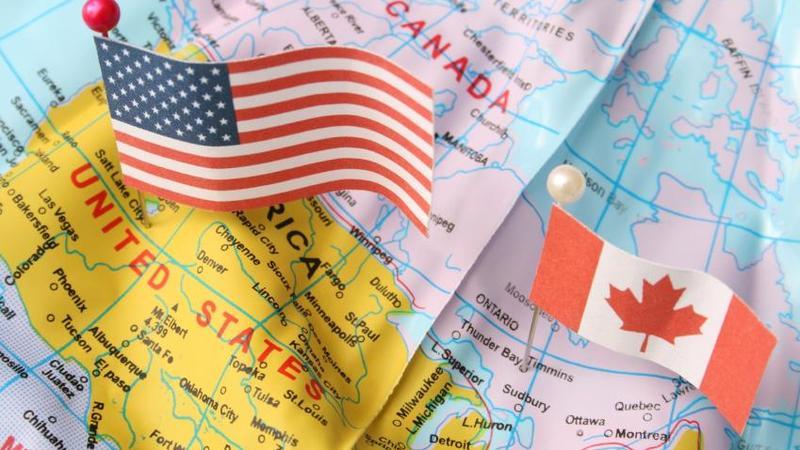When the Canadian dollar drives toward parity with the U.S. greenback, many Canadians who are in the market for a new car steer their sights south of the border to take advantage of the lower sticker prices in the United States. Before you shift your cross border car shopping into high gear, you may want to visit the Registrar of Imported Vehicles (RIV) website to review their Importer Checklist. Here are just a few facts and costs to consider.
Cash vs. credit
When car shopping in the states, Canadians may need to pay cash because US financers may not grant them credit across the border. With the low interest rates in Canada right now, buying a car back home may be a better deal.
Makes and models cleared for import
Not all U.S. car makes and models can be imported into Canada. See Transport Canada's list of Vehicles Admissible from the United States to be sure the vehicle you wish to purchase qualifies.
Required modifications
Some vehicles may require modifications to comply with Canada's Motor Vehicle Safety Standards. Be sure to confirm the modifications your vehicle may require and the cost of making these changes before you buy, so that you can ensure you can make the corrections within the 45 day allowance.
Recall clearance
As the importer, it is your responsibility to obtain the recall clearance documents that verify any defects identified by the manufacturer as a potential safety risk to the driver, passengers or public have been corrected.
Duty and taxes
These are just a few of the costs outlined on the Registrar of Imported Vehicles (RIV) website.
- Vehicles entering the RIV program with a Vehicle Import Form- Form 1 through a border crossing into Ontario - $195 plus HST.
- Import assessments- These could include duty, excise tax and HST based on the full price of the vehicle, including not only the vendor's invoice prices but other cost such as warranty payments or foreign sales tax. If you received a credit for your trade-in this does not reduce the value of the vehicle-the full price must be declared.
- Air conditioning excise tax- If your new car has air conditioning, you could pay a $100 excise tax.
- Excise tax (Green Levy) on fuel inefficient cars- This tax applies to cars, SUVs and vans with a weighted average fuel consumption of 13 litres per 100 km or higher. Depending on the fuel consumption of your vehicle, you could pay $1000 to $4000.
Trip permit
Before your vehicle has been licensed permanently, you will need to obtain a temporary permit or plate which allows the car to be driven into Canada. Each provincial and territorial licensing body manages its own temporary permit/plate program, so it's best to contact your provincial/territorial licensing jurisdiction for more specific information about securing your trip permit.
Documentation
To register and license an imported vehicle, you must visit a licensing office and present the following documents:
- Vehicle Import Form - Form 1
- Bill of sale
- Title
- Proof of insurance
Insurance companies will not add a vehicle to your insurance policy until it is registered in Canada. If you are considering a vehicle purchase in the United States, contact your insurance professional who can provide more information about your insurance options.
